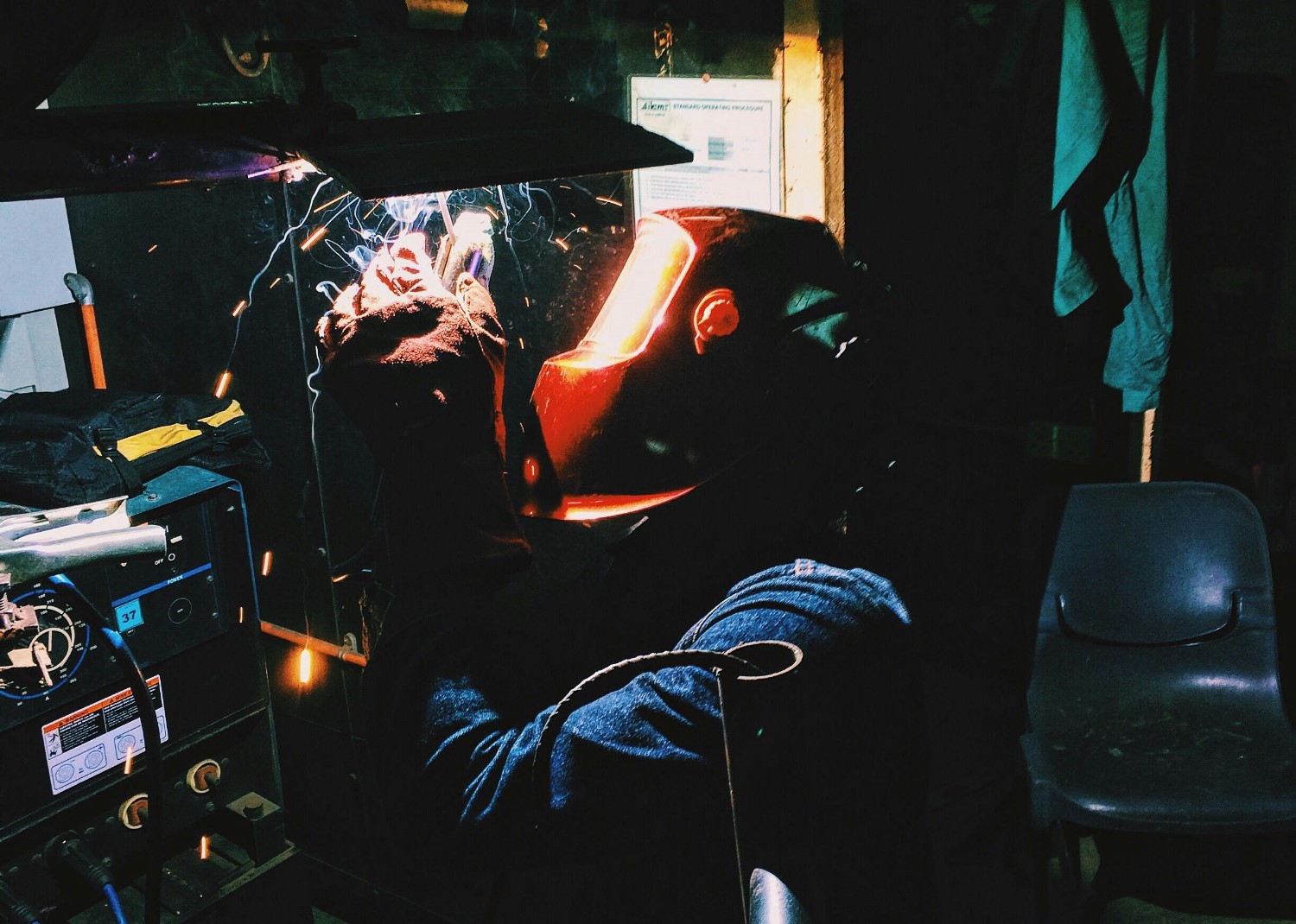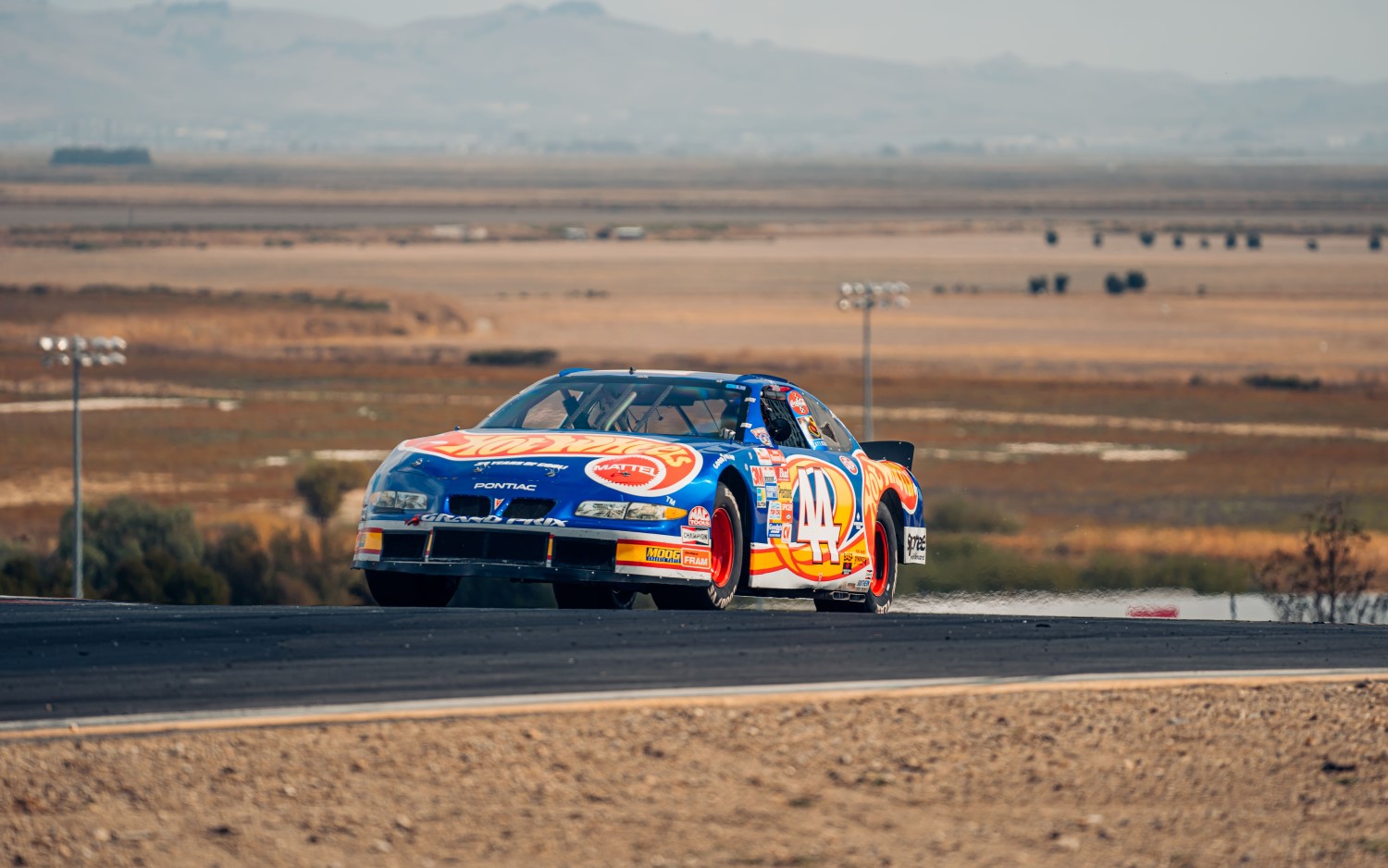Behind the Scenes of Racecar Body Welding
Welding a racecar body is a blend of art, science, and nerves of steel, each bead and joint holding together a symphony of speed, safety, and style.
Ever wondered what it takes to build the sleek, tough bodies of racecars that roar down the track at breakneck speeds? While the engines get the glory, it’s the welders and their precision work that form the backbone of every high-performance machine.
Let’s pull back the curtain and explore the world of racecar body welding, where every spark matters.
The Foundation: Preparing for Racecar Body Welding
Before any welding torch is lit, the groundwork must be flawless. Preparation is everything in motorsports fabrication, setting the stage for strong, lightweight, and safe racecar bodies.

Material Selection and Assessment
Choosing the right material is the first step. Most racecar bodies utilize lightweight metals, such as aluminum or high-strength steel, to strike a balance between speed and durability. Each metal has its own unique welding characteristics; aluminum requires more precise heat control, while steel offers forgiving welds but adds weight. Welders must assess every panel for thickness, corrosion, and compatibility, ensuring the materials will withstand the brutal demands of racing.
Precision Cutting and Fitting
Every panel must fit like a puzzle piece. Welders use plasma cutters, shears, and grinders to trim panels with millimeter precision. A perfect fit is crucial for strong, clean welds; gaps can lead to weak joints or excessive heat input, which may warp the metal. This stage often involves dry-fitting panels, marking, and re-trimming until the seams are nearly invisible.
Surface Cleaning and Preparation
Clean metal is happy metal. Any oil, paint, rust, or debris can contaminate a weld, causing porosity or weak spots. Panels are scrubbed with solvents and sometimes lightly sanded to ensure a pristine surface. This meticulous cleaning prevents future failures and ensures the welds will be as strong as the parent metal.
Fixture and Jig Setup
To maintain alignment, welders use custom jigs and fixtures. These hold panels in place and maintain critical dimensions, especially for curved or complex shapes. Proper fixturing prevents movement during welding, which can otherwise cause misalignment or distortion, critical when every millimeter counts for aerodynamics and safety.
Techniques and Tools: The Art of Welding Racecar Bodies
Welding a racecar isn’t just about melting metal; it’s about choosing the right process and mastering the tools of the trade. Each weld must be precise, repeatable, and tailored to the unique demands of motorsports.
TIG vs. MIG Welding
TIG (Tungsten Inert Gas) welding is the gold standard for racecar bodies, especially when working with thin sheet metal or aluminum. It offers exceptional control, producing clean, strong welds with minimal spatter. MIG (Metal Inert Gas) welding, on the other hand, is faster and more forgiving, making it ideal for thicker sections or quick repairs. Welders often switch between these techniques depending on the job at hand, striking a balance between speed and the need for precision.
Butt Welding for Seamless Joints
Butt welds are preferred for joining panels edge-to-edge, creating a flush, seamless finish. This technique avoids overlapping seams, which can trap moisture and lead to corrosion, a critical concern for cars exposed to the elements. Butt welds also make it easier to finish and shape the metal, ensuring the final bodywork is smooth and aerodynamic.
Tack Welding and Heat Management
Tack welds are small, temporary welds that hold panels together before the final pass. By spacing tacks evenly, welders minimize distortion caused by heat buildup. After tacking, the joint is slowly stitched shut in short bursts, allowing the metal to cool between welds. This careful approach prevents warping and keeps the panels perfectly aligned, a must for both aesthetics and performance.
Finishing and Smoothing Welds
Once the welds are complete, the beads are ground and sanded flush with the surrounding metal. This not only improves the look but also reduces aerodynamic drag. Any minor imperfections are corrected with hammer and dolly work, followed by a final sanding. The goal is a flawless surface, ready for paint and decals that will soon blur past the checkered flag.
Silver Welding Lenses for Heat Resistance
When welding in high-heat environments, silver-coated lenses offer a unique advantage. They reflect more heat away from the welder’s face, keeping both the helmet and the welder cooler during extended sessions. This added comfort can be a game-changer during long fabrication days. If you’re looking for a top-tier option, Ridge Products Welding offers a silver welding lens that’s adjustable and auto-darkening, providing both protection and clarity for demanding jobs. This type of lens is especially valued by professionals who require staying sharp and comfortable throughout hours of intricate work.
Safety and Visibility: Protecting the Welder’s Eyes and Body
Welding is about safety and comfort. Racecar welders spend hours under the hood, exposed to intense light, heat, and fumes. The right protective gear is essential for both quality work and long-term health.
Auto-Darkening Welding Helmets
Modern welding helmets feature auto-darkening lenses that instantly adjust to the brightness of the arc. This technology enables welders to view their work clearly before, during, and after striking the arc, thereby reducing eye strain and enhancing accuracy. A well-chosen helmet can make the difference between a good weld and a great one, especially during long shifts.
Choosing the Right Welding Lens Color
The color of a welding lens affects how clearly a welder can see the weld pool and the surrounding metal. True color lenses provide a natural view, making it easier to spot imperfections and control the weld. Other tints, like magenta or blue, enhance contrast or reduce glare, tailored to specific welding processes or lighting conditions. Selecting the right lens is a personal choice, often refined through experience and preference.
Ventilation and Fume Extraction
Welding produces hazardous fumes, especially when working with coated or alloyed metals. Proper ventilation is crucial in the shop, with local exhaust systems or portable fume extractors positioned near the weld. This not only protects the welder’s lungs but also keeps the workspace clear, reducing distractions and the risk of accidents.
Practical Tips for Racecar Welding Success
Behind every championship car is a welder who sweats the details. Here are some practical strategies that separate the amateurs from the pros in racecar body welding.
Practice on Scrap Before the Real Thing
Even the best welders warm up before tackling critical joints. Practicing on scrap metal of the same type and thickness helps dial in machine settings and technique. This reduces mistakes and ensures the first weld on the car is as good as the last.
Document and Measure Everything
Consistency is key in motorsports fabrication. Welders often keep detailed notes on machine settings, filler materials, and joint designs. Measuring each panel and joint before and after welding ensures the finished body meets strict tolerances for fit and performance.
Work in a Controlled Environment
Temperature, humidity, and cleanliness all affect weld quality. Welding in a climate-controlled shop with minimal dust and drafts produces better results and fewer surprises. Some teams even use dedicated clean rooms for critical components, ensuring every weld is as strong and clean as possible.
Continuous Learning and Certification
The best welders never stop learning. Many pursue additional certifications in TIG, MIG, or exotic alloys, staying ahead of new materials and techniques. Attending workshops, reading technical articles, and networking with other professionals keeps skills sharp and opens doors to new innovations.
Conclusion
The next time you watch a racecar scream down the straightaway, remember the invisible seams holding it together. Every weld is a testament to the skill, patience, and dedication of the craftspeople behind the scenes.
